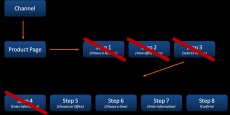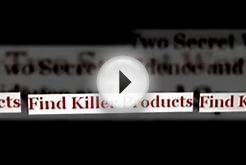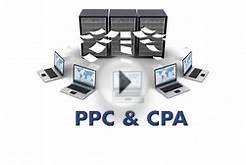Quality traffic is essential for any marketing campaign. Shoot, it’s essential for any successful business. You could have a highly valuable product (let’s say a real cure for male baldness), at the best price (let’s say for just a shipping address with no strings attached), and the most optimized website presentation on the interwebs (let’s say it has undergone a year of MECLABS testing), but despite these advantages, if there are no address-owning bald men who can find your website, well then your business will look a lot like me trying to drive a stick-shift.
Ok, crazy example, but the point is this: Quality traffic is essential.
The question for marketers is – where can we find the most quality traffic on the Web? Should we work with Pay-Per-Click (PPC)? Is it smart to invest in social media? Will external website banner ads be worth the costs? There are many options out there, but today, I want to bring your attention to an experiment that compared the traffic quality between two of the most common online channels: PPC vs. Banner Ads.
Now, explaining this test will be a little more tedious than usual because it deals with multiple experiments of a unique multi-step conversion funnel. But, rest assured, if you can just get a bird’s eye view of the optimization strategy, that viewpoint will be sufficient for what I am talking about in this post.
The first experiment
With that said, the company we were working with is a consumer service provider that has both a significant online and offline presence. The goal on their website is to have visitors schedule onsite appointments with a brick-and-mortar store located nearby. This included choosing a store, choosing a time, and filling out some basic information. It was this process we were seeking to optimize.

Immediately, we noticed that the original online scheduling process had significant unnecessary friction. As the process stood, it took each visitor a series of eight steps to make an appointment. Many of the steps were redundant, unnecessary, and even confusing.
So, our first test was a no brainer; we removed four of the unnecessary steps in the process. As expected, this new conversion funnel easily outperformed the original by over 357%.
The second experiment
Now, this increase was for homepage traffic and we wondered what kind of improvement this new conversion funnel would have across other channels (traffic sources) for their website. The partner was no doubt excited about the potential business the new process might generate site-wide.
But, this is where things get a bit interesting. When testing the new online scheduling process with their PPC traffic vs. their banner ad traffic, we noticed a remarkable difference in results. One of these channels increased conversion by 534%; while the other achieved a comparatively dismal improvement of 28% for such radical changes. Why was there such a swing?
Looking deeper into the numbers, our researchers have attributed the swing to the differing motivation levels of traffic sources. Not all channels will convert at the same rate because they represent different demographics at different places in the conversation. And one of these channels for this partner is obviously more motivated than the other.
Was it the PPC traffic or banner traffic?
So which of these sources of traffic do you think is more motivated? Which of these channels saw the 534% increase and which saw the 28%? It’s very interesting at the least to see the difference that channel quality can have, but could you identify the more effective channel?
UPDATE: If you guessed PPC, you are correct. As we revealed in yesterday’s live web clinic, the PPC ad traffic had the increase of 534%, and the banner ad had the increase of 28%.
Now both were increases, so no complaining there, but it is very interesting to see the significant difference in motivation levels. This test really underscores the importance of understanding and tapping into the unique motivations of specific channels in the conversion process.









